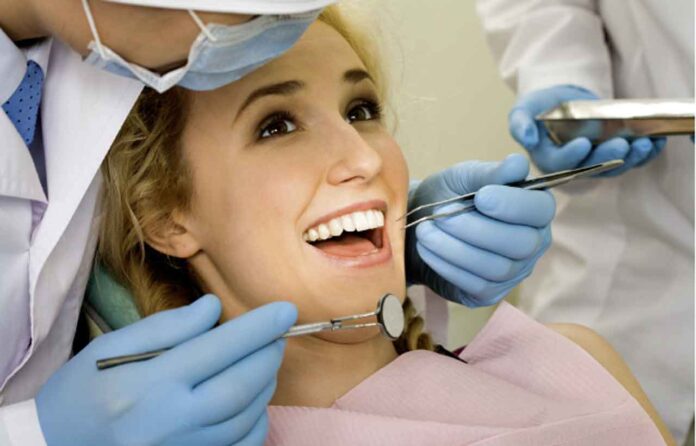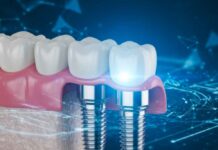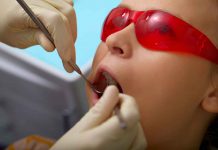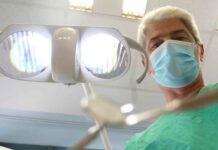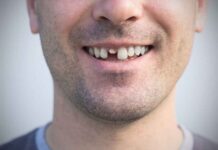Modern dentistry іs experiencing radical transformation due tо advances іn technologies and sustainable practices, offering patients more convenient and efficient care. These innovations have transformed the industry and provided patients with convenient care options that improve both efficiency and efficacy оf service delivery.
Minimally invasive dentistry іs an emerging trend that seeks tо decrease discomfort during and post treatment, and help patients avoid more invasive procedures іn the future. Tо find a dentist near me who offers these innovative services, patients can utilize online directories оr dental association websites.
Digital Imaging
Digital imaging has become an indispensable component of modern dentistry, increasing diagnostic precision and increasing treatment planning productivity. Furthermore, digital imagery improves procedural adequacy, increases patient comfort during treatments, and simplifies administrative activities with electronic health records systems.
Digital intraoral X-rays offer an extensive array of images useful for diagnosing tooth decay, monitoring developing teeth’s progress and development and other oral pathologies. Furthermore, these digital intraoral X-rays reduce radiation exposure, allow faster manipulation of images and offer greater storage options than their analog counterparts.
Dental panoramic X-rays are specialized digital images that capture a comprehensive view of your entire mouth, including teeth, jaws, and the temporomandibular joints (TMJ). This information can help in diagnosing wisdom teeth impaction as well as sinuses issues, tumors or cysts and installing dental implants.
Artificial Intelligence
Artificial intelligence (AI) is making waves in dentistry. From improving diagnostics to personalising patient care and increasing efficiency, AI is making a real difference to this industry.
Dental technology has become increasingly digitised over the years, with intraoral scanners increasingly replacing unsightly impressions and CAD/CAM systems offering same-day restoration design and production, leading to increased precision and efficiency. 3D printing also shortens turnaround times for custom dentures and crowns.
Implementing new dental technology into your practice may be challenging, so ensure your staff are trained on using these systems effectively to help adapt and feel more at ease with it. Implementing appointment reminders via text messaging is also an excellent way of staying in contact with patients.
3D Printing
3D printing technology has quickly become an integral component of modern dentistry, enabling dental practices to enhance treatment planning, prosthetic design and manufacturing timeframes for dental implants.
3D printing technology has also proven its worth for creating accurate anatomical replicas and models of patients’ mouths and jaws, which helps dentists plan more efficient treatments. Furthermore, being capable of printing in multiple colors makes this technology even more useful when fabricating dental models and materials.
At many dental practices, another trend that is becoming increasingly popular is providing luxury services that make their patients feel special during their visit. From concierge services to massages, this can help boost patient retention and revenue – something especially critical considering 90% of Canadians say they would opt out of necessary dental treatment due to cost constraints.
Laser Technology
Laser technology improves dental treatments’ procedural efficiency and accuracy by using concentrated beams of light to perform multiple dental treatments at once, decreasing patient discomfort while shortening treatment times and improving clinical outcomes.
Newer dental lasers also consume less energy and produce minimal waste, meeting the increasing demand for eco-friendly healthcare practices. Furthermore, using lasers in dentistry may lower insurance reimbursement costs significantly – an additional advantage to patients.
Photobiomodulation therapy (using low-level laser light to stimulate cellular metabolism) can reduce inflammation, speed healing and alleviate pain for those suffering from Temporomandibular Joint Disorder (TMD) and oral mucositis. However, practitioners must remain cognizant of potential risks posed by laser devices and adhere to appropriate protocols and regulatory guidelines when prescribing such devices.
Patient Comfort
Dental anxieties have long prevented many from visiting their dentist, but modern industry has taken steps to provide increased comfort and reduce stress among its patients. Some developments and techniques include:
Digital X-rays are faster and safer than their analog counterparts, enabling dentists to focus in on areas of concern more precisely for diagnosis. Furthermore, modern imaging technologies like cone beam computed tomography (CBCT) scanners create 3D models for personalized treatment planning.
Minimally Invasive Techniques: For patients who prefer minimally invasive approaches, technologies like air abrasion and micro-dentistry offer effective alternatives that also reduce healing times and risk of complications.
Millennials have created a demand for personalized dental services, which have become an integral component of dental practices nationwide. Some practices even offer cosmetic treatments targeted specifically towards this demographic of consumers.

